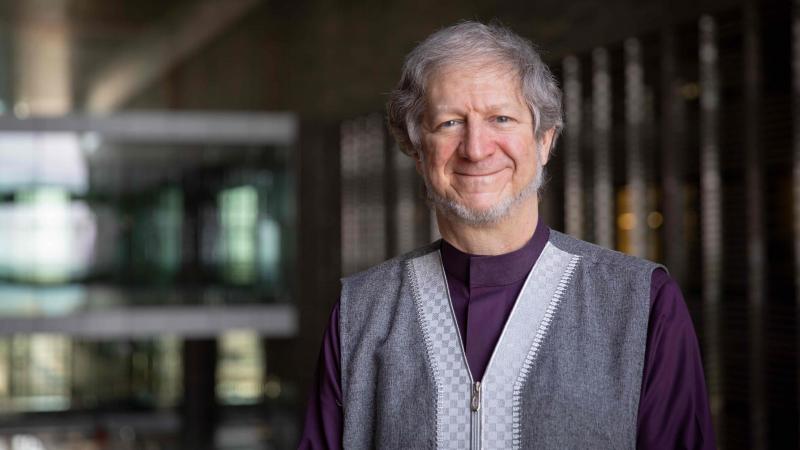As the largest peninsula on Earth, the Arabian Peninsula measures over 3.2 million square kilometers. For decades, scientists have sought to map the geologic formations of the area and its surrounding seas for the purposes of resource extraction to within one meter. Thanks to world-record simulations run on the KAUST supercomputer Shaheen, that goal may be within reach.
Shaheen recently completed a set of ultra-resolution subsurface mapping and characterization simulations for the Geophysics Technology Division at the Saudi Aramco EXPEC Advanced Research Center. For the first time, scientists produced a 3D image of the subsurface geologic layers to a 7.5 meter resolution.
"Unlocking ultra-resolution subsurface mapping and characterization at production scale is a major milestone for exploration," said Ali A. Al-Meshari, manager of EXPEC ARC. "This is a major step toward seamless integration of geophysical, geological and engineering models."
To put the team's accomplishment in perspective, it allows scientists to see underground features half the length of a semi-trailer or lorry; one-third the length of a bowling alley; or about three times longer than a sedan car.
KAUST hardware and Aramco software
Aramco scientists used integrated GeoDRIVE (Geophysical solution for Dynamic Real-time Image and Velocity Estimation) software to successfully produce a 3D image of subsurface geologic layers at a record resolution of 7.5 meters at production scale. Previous simulations had a resolution of tens of meters.
"The vast computational cost of accurate seismic simulations created a gap between theoretical advancements in the academic world and practical industrial applications," said Ali Momin, GeoDRIVE project lead. "This provided us with an unique opportunity to build an innovative solution that can satisfy our current needs as well as the future needs of researchers and professionals."
Read the full article

